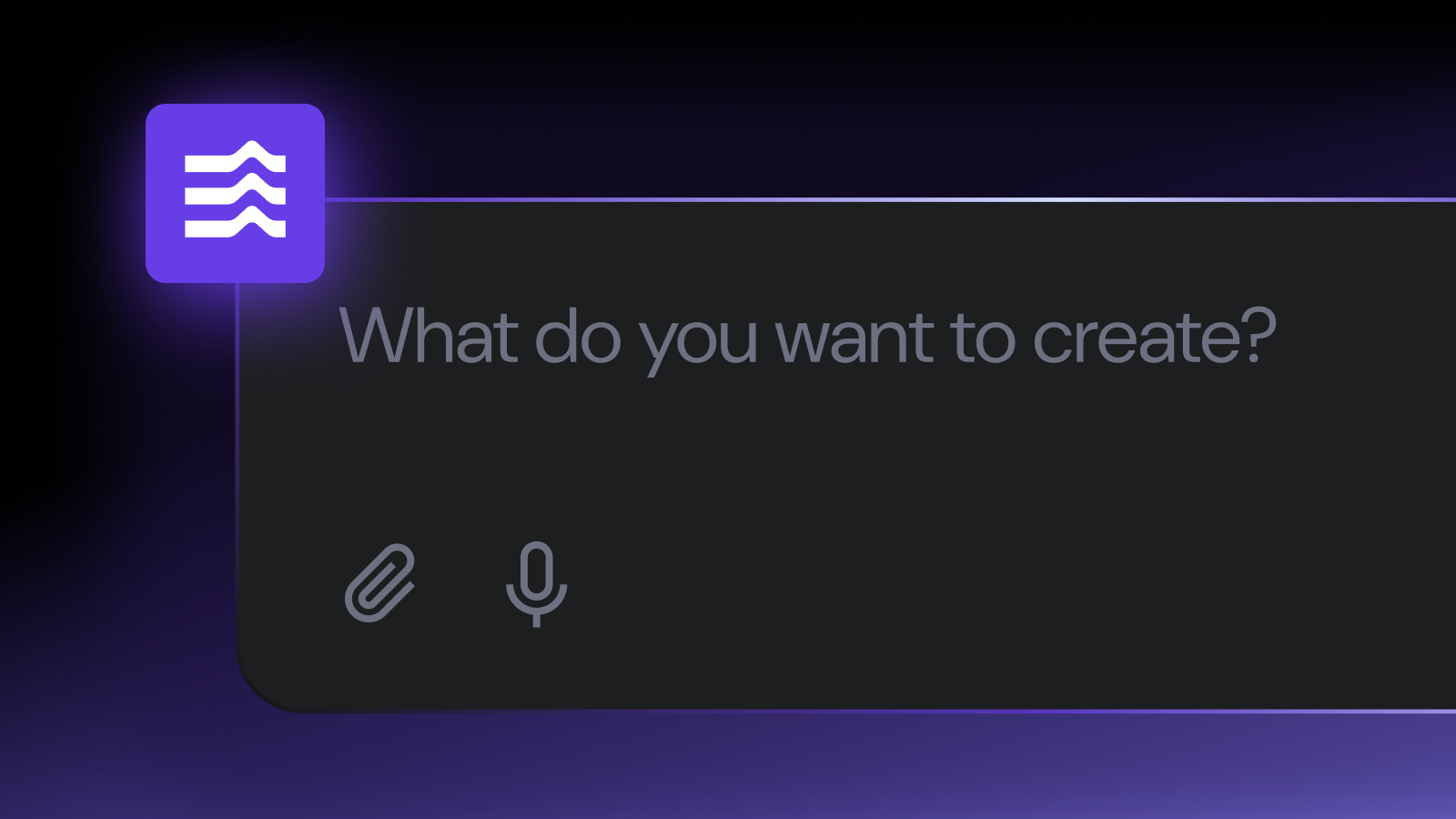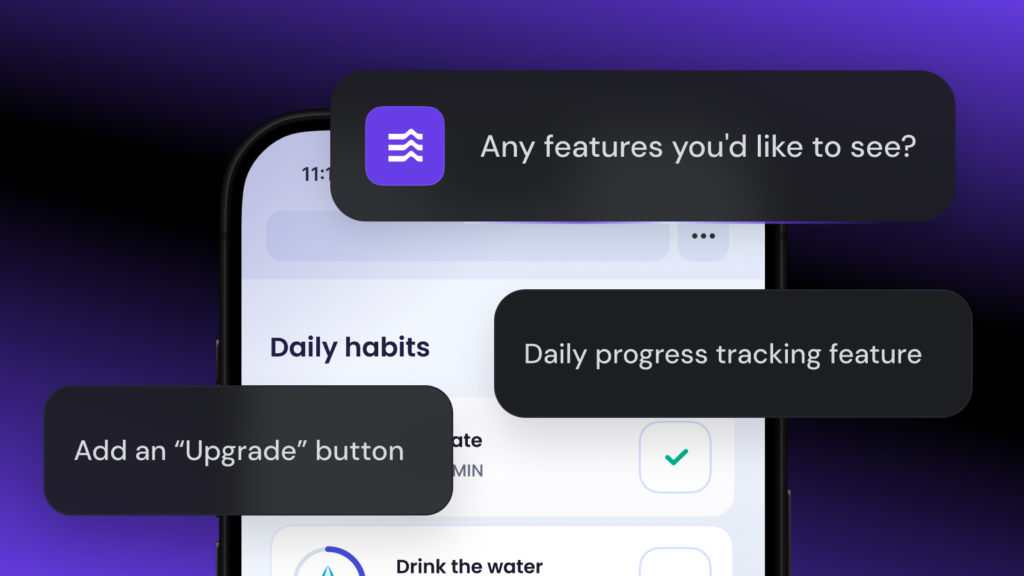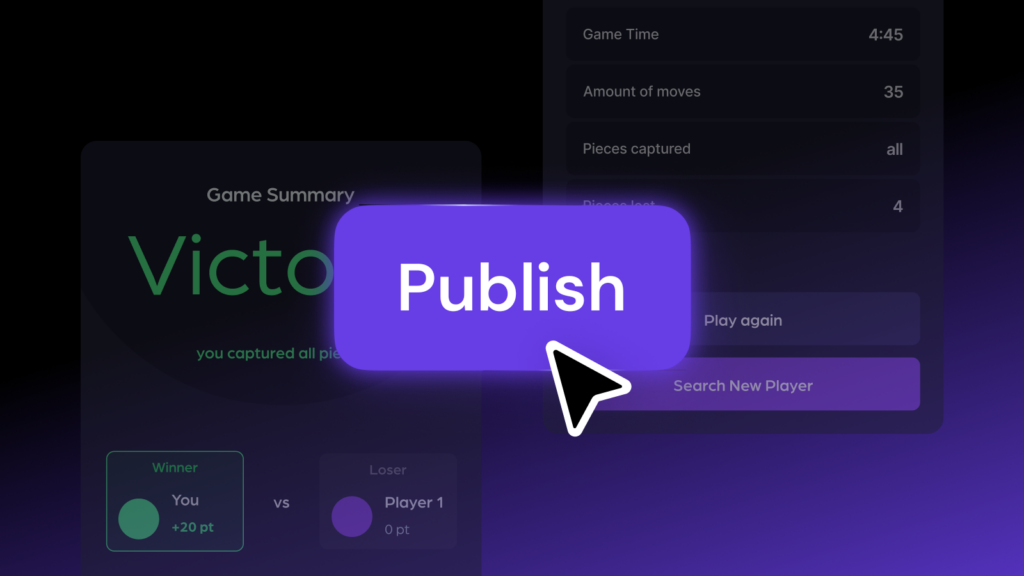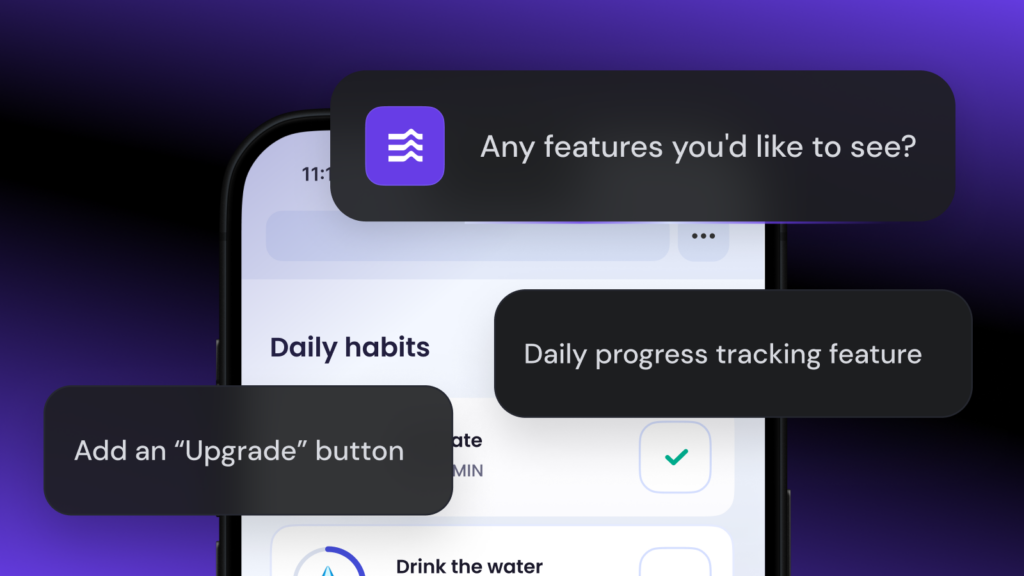Prompt engineering: techniques for effective AI prompting

With artificial intelligence (AI) tools becoming more common across industries to supplement human effort, effective prompt engineering is becoming an essential skill.
Anyone with good language skills and an analytical mindset can learn prompt engineering. Whether you’re writing content, generating code, or analyzing data, a well-structured prompt can save you time and deliver better, more consistent AI responses.
What is prompt engineering?
Prompt engineering refers to creating precise and effective prompts to get context-driven AI outputs from large language models (LLMs). It requires knowledge of natural language processing and LLM.
Prompting basics: context and instruction
Prompting means using natural language to tell AI what you want. When you feed a well-structured prompt to a large language model (LLM), you get more precise, relevant responses. This goes for all AI tools currently on the market, be it ChatGPT, Claude, Gemini and so on.
All effective prompts rely on two main elements:
- Context. Providing any background, viewpoint, or role that influences the AI’s perspective.
- Instruction. Specifying the exact task, from listing information to providing explanations.
Keeping the context and instruction as your foundation, use the below additional prompt elements to shape AI outputs to be relevant, concise, and on point:
- Desired output format – indicate whether you want bullet points, paragraphs, or step-by-step instructions.
- Tone – let the AI know if you need a professional, casual, or instructional style.
- Length – tell the AI how long or detailed the response should be.
Example:
You are a web developer who writes professional online content. Write a short blog post of about 500 words about the top must-have five tools for website developers in a beginner-friendly tone.
Key prompt engineering techniques
While trying your luck by simply asking AI to provide you with what you need may yield good results, a whole range of different prompt engineering techniques have been developed for maximum effectiveness.
Below is a concise overview of the most common prompt engineering methods, each helping you shape AI outputs more precisely, whether you’re generating quick answers or guiding a complex discussion.
1. Zero-shot prompting
Give the AI no examples, just a direct request. Great for quick, straightforward questions, but can yield generic or incomplete answers if the task is very specialized.
2. One-shot prompting
Provide a single example alongside your request. This teaches the AI the desired style or format so you get more focused results.
3. Information retrieval
Treat the AI like a mini search engine. Ask specific questions and include enough detail to narrow down the topic, improving accuracy and depth of response.
4. Creative writing
Use imaginative prompts to generate stories, poems, or other artistic content. This technique is great to get inspired and spark your own creativity.
5. Context expansion
To get more information or multiple angles on the topic, try the “5 Ws and How” technique. Simply ask Who, What, Where, When, Why, and How when prompting the AI about a subject matter.
This is useful for diving deeper into a subject.
6. Summarization with specific focus
Instruct the AI to shorten the content but highlight certain details. This method is perfect for extracting key points from long texts or compiling specific information from complex data sets.
7. Template filling
Create a basic format (like an email or product description) and let the AI fill in placeholders. This ensures consistency and speeds up repetitive tasks, especially for businesses like ecommerce.
8. Prompt reframing
Reword your prompt while keeping the same meaning. Different phrasing often reveals fresh insights or varied responses from the AI.
9. Prompt combination
Combine multiple requests (like explaining two concepts and comparing them) into one prompt. Ideal for comprehensive outputs in a single answer.
10. Chain-of-thought prompting
Guide the AI step by step to tackle complex topics. By outlining sub-questions or examples, you steer the AI through a logical sequence of reasoning.
This prompting technique is often used when using AI to help with web development.
11. Iterative prompting
Ask a follow-up question after the AI’s initial response to clarify or expand on specific points. This prompt engineering technique is useful for refining or drilling deeper into the conversation.
12. Interactive storytelling
Engage in back-and-forth role-playing or collaborative writing with the AI. This is great for brainstorming narrative ideas or simulating scenarios.
13. Language translation with contextual nuance
Provide cultural or situational cues along with the text you need translated. This helps the AI capture tone and context rather than just word-for-word meaning.
14. Automatic prompt engineer
Let the AI propose its own prompts or improvements. By testing, refining, and selecting the best among them, you can optimize outcomes with minimal manual effort.
15. Prompt-chaining
Build a series of smaller prompts that feed into each other. This method guides the AI in steps, helping it tackle complex tasks in a structured manner.
16. Self-consistency
Use multiple versions of the same prompt or logic checks to ensure the AI’s response remains uniform. This prompt engineering technique helps detect inconsistencies or hallucinations.
17. Tree of thoughts
Encourage the AI to branch out ideas or solutions and then evaluate each branch. It’s a way to explore multiple approaches before settling on the best answer.
18. Reinforcement Learning from Human Feedback (RLHF)
Train or guide the AI by providing feedback. Over time, the AI adapts to user preferences, delivering responses that better align with specific quality standards.
Try mixing and matching these prompt engineering techniques. Simple queries might just need zero-shot prompting, while bigger projects can benefit from methods like prompt-chaining, template filling, or RLHF.
Practical use cases for prompt engineering
Let’s explore how you can employ these techniques in various practical scenarios, ranging from code development to SEO-friendly content generation.
Generating and debugging code
Prompt engineering can be very useful when working with code. Use prompts to get AI to produce code snippets, debug existing code, or even suggest alternative coding methods.
Producing SEO-friendly articles
Besides asking AI to create an article from scratch, you can use it to improve your current content. Copy-paste your article into the chat box and explain what you want AI to do, be it to add specific keywords, simplify the text, or change the tone.
Customizing virtual assistants
Use prompts to shape your AI assistant’s personality, style, and focus so it aligns with your brand and target audience.
For example, you can tell the assistant to respond in a friendly but professional tone, highlight certain products, or remember past user interactions.
Optimizing website development
If a website builder you’re using has integrated AI functionalities, use prompt engineering to create personalized website layouts and tailored content quicker and easier.
Learning and education support
Using the above techniques, you can ask AI to explain complex theories and topics. Some AI tools, like the Hostinger Horizons web app builder, can even generate quizzes and questionnaires for educational purposes with just a couple of prompts.
Analyzing and interpreting data
Prompt engineering can help extract useful insights from complex data sets. Provide access to large data sources and ask LLM to analyze the information and generate visual summaries through multimodal AI prompting.
You can craft prompts to get artificial intelligence tools to scan for trends, patterns, and relationships in the data that may not be immediately apparent.
Future trends in prompt engineering
As generative AI tools continue to expand, prompt engineering is bound to become a core skill in fields ranging from software development through immersive gaming to real-time communication.
The next generation of AI promises deeper, more human-like interactions and a world of creative possibilities. Below are some emerging areas where prompt engineering is likely to make a big impact in the near future.
Integration with Augmented Reality (AR) and Virtual Reality (VR)
Prompt engineering can enhance immersive AR/VR experiences by optimizing AI-driven interactions in 3D environments.
This will let users converse with virtual characters, request information, and issue commands using natural language prompts in real time.
By giving AI spatial, situational, and conversational context we’ll be able to nurture remarkably human-like exchanges in gaming, training, tourism, and other AR/VR applications.
The prompts will also be able to account for the user’s position, actions, and environment to enable highly relevant responses.
Cross-domain creativity
Pushing the boundaries of prompt engineering may inspire AI to generate novel art, music, stories, and other creative works. Prompt engineers will be able to guide AI to blend concepts across different mediums and genres or combine human and machine creativity into collaborative works.
Automated web app development
Platforms like Hostinger Horizons already let users describe app functionality in plain language, and the AI builds it for them. As this approach evolves, prompt engineering will be key to connecting human vision with automated development tools, reducing coding barriers and accelerating innovation.

Real-time language translation and communication
Instant translation is already a reality, but prompt engineering can help it become more nuanced. By incorporating cultural context and subtle language cues into AI prompts, we can ensure translations preserve meaning, tone, and intent across diverse audiences and platforms.
This can provide seamless multilingual communication in business, diplomatic, and personal contexts.
The challenges of prompt engineering
While prompt engineering can produce transformative results, it’s important to recognize where it can fall short. Being aware of these issues helps ensure your prompts have the most chance of producing useful AI responses.
- LLMs as “Black Boxes”
It’s not always clear how or why large language models arrive at certain answers. This lack of transparency makes it difficult to predict or correct unexpected outcomes. - Sensitivity to wording
A small change in phrasing can lead to vastly different responses. You may need repeated testing and refinement to pinpoint the phrasing that works best. - Hallucinations and inaccuracies
Large language models can fabricate information or cite nonexistent references. Make sure to always verify critical facts with reliable sources. - Bias amplification
Generative AI tools are trained on vast datasets and can unintentionally reflect or exaggerate societal biases. Monitor for harmful stereotypes and use neutral language to minimize skewed results. - Context window limitations
Generative AI tools can only process a certain amount of text at once. If your prompt exceeds this limit, the AI may forget key details or produce irrelevant material. - Overreliance on AI
Relying too heavily on generated responses can stifle creativity and problem-solving skills. A human touch remains essential for strategic decisions and innovation. - Cost and resource constraints
Processing complex or frequent prompts can be expensive, especially at large scales. You may need to optimize prompts to balance results with usage costs.
By keeping these challenges in mind, you’ll be better equipped to craft prompts that produce accurate, fair, and practical results.
Conclusion
Prompt engineering can transform how we interact with AI, from summarizing complex information to generating dynamic, tailored responses.
By learning foundational techniques – like setting the right context, iterating on prompts, and refining instruction – you’ll unlock more of what large language models can do, no matter if you’re using Claude, Gemini, GPT-4 or DeepSeek.
Keep experimenting, gather feedback, and watch for new developments. With practice and curiosity, anyone can become a confident prompt engineer.
If you have fresh insights or strategies, share them in the comments.
Prompt engineering FAQs
What are the benefits of using prompt engineering?
Prompt engineering improves the performance of large language models, making them more efficient at generating useful outputs. It’s vital for tasks such as information retrieval, data analysis, and tailored language generation.
How difficult is prompt engineering?
Prompt engineering is a relatively easy skill to learn. However, we recommend that beginners start with simple queries and then move on to more complex concepts that require a nuanced understanding of natural language processing.
Can you get a job doing prompt engineering?
Yes, as AI and machine learning grow, the demand for specialized roles like prompt engineers is increasing. Many tech companies and research institutions are creating roles that involve responsibilities such as developing prompts as part of data science teams.
What does a prompt engineer do?
Prompt engineers specialize in crafting queries or instructions to guide large language models and AI systems. They focus on optimizing interactions between the user and the AI, ensuring more accurate and meaningful outputs across various applications, from data analysis to customer engagement.



